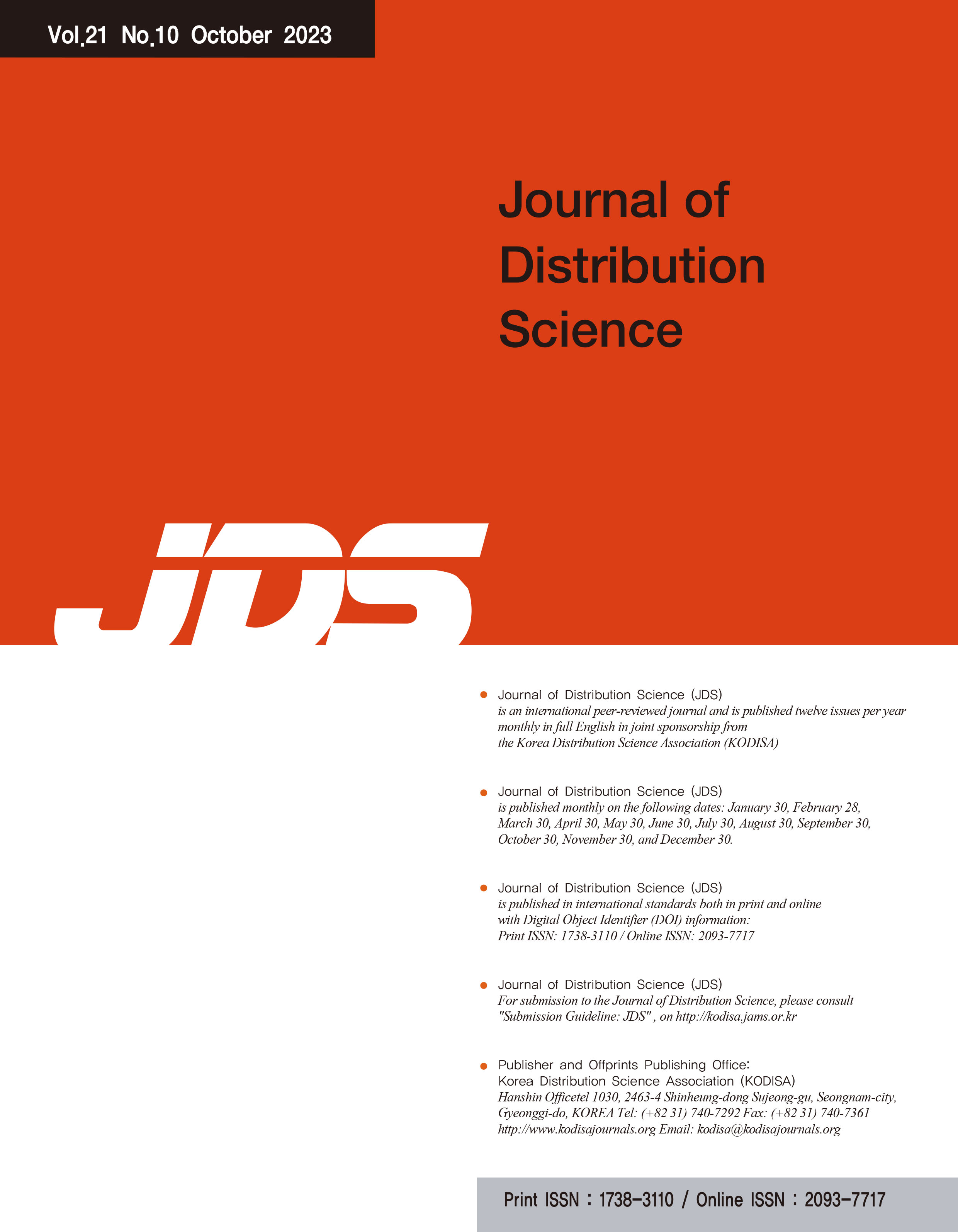 ISSN : 1738-3110
ISSN : 1738-3110
Article Contents
- 2025 (Vol.23)
- 2024 (Vol.22)
- 2023 (Vol.21)
- 2022 (Vol.20)
- 2021 (Vol.19)
- 2020 (Vol.18)
- 2019 (Vol.17)
- 2018 (Vol.16)
- 2017 (Vol.15)
- 2016 (Vol.14)
- 2015 (Vol.13)
- 2014 (Vol.12)
- 2013 (Vol.11)
- 2012 (Vol.10)
- 2011 (Vol.9)
- 2010 (Vol.8)
- 2009 (Vol.7)
- 2008 (Vol.6)
- 2007 (Vol.5)
- 2006 (Vol.4)
- 2005 (Vol.3)
- 2004 (Vol.2)
- 1999 (Vol.1)
Sustainable Logistics and Supply Chain Management through Environmental Management Accounting and Distribution Innovation: A Review
Meutia (University of Sultan Ageng Tirtayasa)
Elvin BASTIAN (University of Sultan Ageng Tirtayasa)
Wulan RETNOWATI (University of Sultan Ageng Tirtayasa)
Abstract
Purpose: This literature review investigates the interplay between Environmental Management Accounting (EMA), distribution innovation, and logistics optimization in supply chain management, examining their combined impact on environmental and financial performance. Specifically, this study aims to explore the integration of EMA practices into financial performance analysis, focusing on distribution innovation, logistics optimization, and supply chain sustainability. Research design, data and methodology: A comprehensive literature review approach was employed, analyzing existing research from diverse sources, including peer-reviewed journals, books, and academic libraries. This methodology identified key themes, challenges, and best practices in EMA, distribution innovation, logistics management, and supply chain sustainability. Results: The study revealed significant improvements in organizations adopting EMA practices, enhanced by distribution innovation and logistics optimization. Key findings include enhanced environmental sustainability performance, improved financial performance, better alignment of environmental and financial goals, increased transparency and reporting, and improved supply chain sustainability. Conclusion: Integrating EMA practices into financial performance analysis, focusing on distribution innovation and logistics optimization, is crucial for achieving balanced environmental and financial goals. A strategic approach prioritizing accurate measurement, strategic alignment, and transparent reporting is essential for logistics operations. By adopting EMA practices, organizations can enhance sustainability performance, financial performance, and supply chain resilience.
- keywords
- Chain Management#1, Distribution Innovation#2, Environmental Management Accounting (EMA)#3, Financial Performance#4, Logistics Optimization#5, Supply Chain Sustainability#6, Sustainable Logistics#7
- Submission Date
- 2024-10-02
- Revised Date
- 2024-10-14
- Accepted Date
- 2024-12-05
- 120Downloaded
- 161Viewed
- 0KCI Citations
- 0WOS Citations

